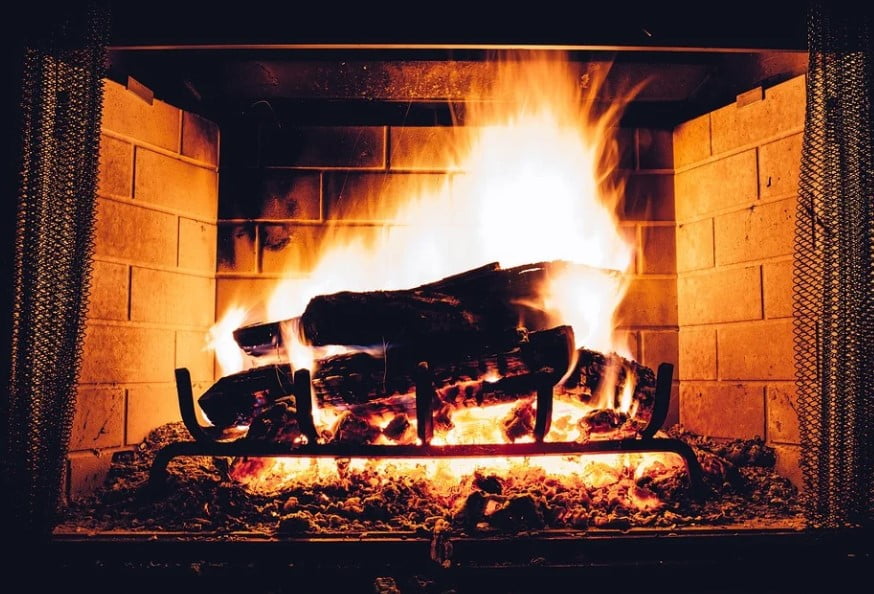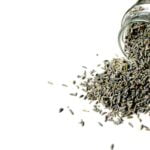Are you an avid user of the fireplace and often feel like you end up with piles of ashes? Do you feel like you are up to your neck in ashes? Ever asked yourself what to do with fireplace ashes? If you can relate to any of these questions then you are in the right place. Today we’ll be sharing with you different ways and ideas regarding what to do with fireplace ashes.
You’ll be surprised to know that there are actually a number of uses for ashes other than ending up in your trash. In fact, we dare to say that after reading these tips, you won’t be throwing away your wood ash from your fireplace anymore, since you can put it to good use in your home and garden.
In case you thought that after a cozy winter fire all you have left is ash to collect, you are wrong. Ash happens to be a great raw resource with a variety of benefits and uses around the home. Word to the wise, before you begin reusing your wood ash, be certain it’s completely cool and free of live embers, and wear protective gloves. If you wish to know more, continue reading and learn what to do with fireplace ashes.
What to do with Fireplace Ashes FAQs
Are ashes good for plants?
Wood ash is also made up of other nutrients in smaller amounts, including aluminum, magnesium, phosphorus, and sodium. Some plants, such as alfalfa, hay, and corn, remove nutrients from the soil, and amendments or crop rotations are used to reintroduce them. Wood ash can provide those nutrients if needed.
Check your plant and soil needs before arbitrarily adding wood ash around your property.
Can ash put out a fire?
Just like sand, fine wood ash can smother a small fire. Keep a bucket of ash close to the fire pit or fireplace in case you need to extinguish any wayward embers.
Is ash good to polish metal?
Wood ash is a mild abrasive, so if you mix it with a little water to make a paste, you can polish up silver and other metals.
Can I use ash to get rid of bugs?
Gardeners have long used ashes to deter slugs and snails from their veggie beds. Because wood ash is a natural desiccant, and the bodies of slugs and snails have such a high water content, the critters are loath to cross it. So, put a ring of wood ash around plants to keep these pests at bay.
Can ash get rid of skunk stench?
If your pet has ever had a run-in with a skunk, you know how hard it is to get rid of the stench! Because fireplace ashes absorb odors, you can use them to get your pet smelling better, faster. Just rub ashes into your pet’s fur to absorb the smell.
Can ash control humidity?
Wood ash is a desiccant that you can put to use in humid spaces, like a damp basement or poorly ventilated bathroom. Just a small tray of wood ash in the corner can help draw the humidity out of a room.
How to dispose of fireplace ashes?
It is absolutely vital to give your unit enough time to cool down after burning. But even if you waited an entire week, always operate under the assumption that it’s still hot. The last thing you want is for surrounding combustibles, such as your carpet, to catch fire because of hot embers accidentally falling out of the dustpan.
Be sure to use a non-combustible broom from a fire tool kit, dustpan, and large ash bucket. Complete this cleaning process slowly, and then store the ashes outside away from any combustibles.
What to do with Fireplace Ashes Ideas
Household Uses
#1 Ashes for Cleaning
Looking for a cost-free cleaner for glass and metal? Wood ashes, mixed with a bit of water to form a paste, can be used as a mild abrasive to buff up tarnished metals, clean dirty glass, and even remove adhesives and sticky residue. Apply the paste with a cotton cloth while wearing gloves to protect your skin. Try in a small spot at first to test the results.
Cleaning grill grates can be hard work, and wood ash can make the job a whole lot easier. Create a thick paste with ash and water, apply it generously to the grates, and with a pair of gloves on, use an abrasive sponge to remove the burnt-on bits and grimes that so easily build up. When you’re finished, rinse well with water.
#2 Homemade Soap
The first soaps were made on homesteads by combining water and wood ash to make lye, a necessary component of soap. Ashes from burned hardwoods (such as ash, hickory, or beech) are used for this purpose since they contain enough potassium to produce lye.
Careful production can yield homemade soap from what you’d otherwise throw away, though with a bit more effort than it takes to buy a bottle or bar.
#3 Get rid of Odors
Did you know that, just like baking soda, wood ash is a fantastic resource for absorbing home odors? Baking soda and wood ash both absorb moisture and odors because they are high in alkaline.
A cup or bowl of it in the back of the fridge or a small, smelly room will make things feel fresh again after a few days. So, save the baking soda for its intended purpose and switch to wood ash.
Outdoor Ash Uses
#1 Keep Bugs Away
Wood ashes can be used to deter pests like slugs and snails, and even to repel ants. Sprinkle a small amount of ring around susceptible plants and reapply after the rain washes the ash away.
#2 Boost Your Lawn
Wood ash can be used to boost the pH of your lawn’s soil quickly, and faster than limestone since the ash is more water-soluble.
To do this, you can start by getting your lawn or garden soil tested to determine its pH. Most lawn and garden soil does well at a pH level between 6.0 and 7.0. Higher than 7, and it’s considered alkaline. Lower than 6, and it’s considered acidic. If your soil is already between 6 and 7, there’s no need to change the pH.
Certain plants, including some flowers and vegetables, thrive at different soil pH levels.
#3 Add Ash to your Compost
A sprinkle of wood ashes can be added to your outdoor compost pile or indoor compost bin as one component of your household waste. A small amount with each layer of compost will add nutrients to the end soil or “compost tea.”
You can also make your own wood ash tea by soaking ashes in water for 4-5 days and then applying that product to plant soil as needed. Three pounds of wood ash steeped and strained afterward in a 30-gallon bucket of water can provide a benefit to certain plants during the growing season. And make sure you’ve researched your plants’ specific alkalinity requirements in advance.)
#4 Soak Up Spills
Did you spill something that might stain? Use wood ash to absorb the spill. The driveway’s dark asphalt will mask the ash’s color, and the ash’s absorbing properties should allow you to sweep up the spill afterward.
#5 Melt Ice
It’s not a bad idea to keep a container of recycled fireplace ashes in your trunk in the winter. They can give your car traction on an icy patch of road, and the potassium salts in ashes can help melt snow in moderately cold conditions. Like gravel on snow-covered streets, wood ash can be applied to provide traction underfoot.



